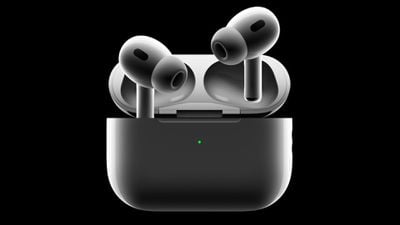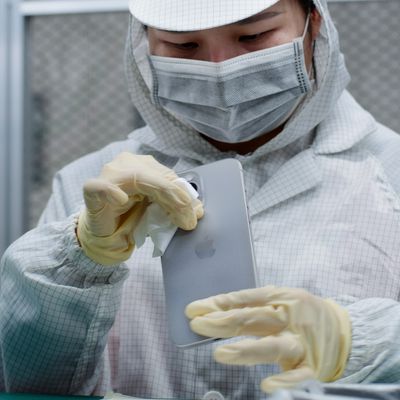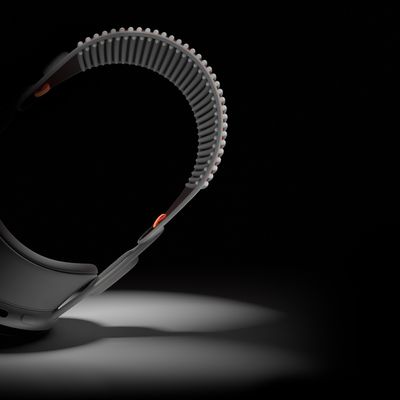Almost three years after the launch of the first-generation AirPods Pro, Apple unveiled the second-generation model alongside the iPhone 14 lineup and several new Apple Watches. Although the second-generation AirPods Pro feature the same design as their predecessor, they improve on features like Active Noise Cancellation, in-ear detection, and battery life, while introducing new functionality like Adaptive Transparency, volume adjustment touch controls, and precision finding.

The first-generation AirPods Pro have now been discontinued by Apple, but they can still be found for reduced prices at third-party resellers and second-hand. As such, some customers may be weighing up whether to purchase first-generation AirPods Pro for a reduced price or the second-generation version.
The two AirPods Pro generations share the overwhelming majority of their features, so should you consider buying or sticking with the first-generation AirPods Pro to save money? This breakdown also serves as a way to see all the differences that the new AirPods Pro bring to the table.
Differences
| AirPods Pro (First-Generation) | AirPods Pro (Second-Generation) |
|---|---|
| Active Noise Cancellation | Active Noise Cancellation (2x stronger) |
| Transparency | Transparency and Adaptive Transparency |
| High dynamic range amplifier powering a high-excursion, low-distortion speaker driver | New low-distortion audio driver and custom amplifier for richer bass and clearer sound |
| H1 chip | H2 chip |
| Bluetooth 5.0 | Bluetooth 5.3 |
| Optical IR sensors for in-ear detection | Skin-detect sensors for in-ear detection |
| Force sensor controls | Force sensors and touch controls for volume adjustment |
| IPX4 sweat and water resistant earbuds | IPX4 sweat and water resistant earbuds and charging case |
| Up to 4.5 hours of listening time with Active Noise Cancellation enabled | Up to 6 hours of listening time with Active Noise Cancellation enabled |
| 24 hours of total listening time with Active Noise Cancellation using MagSafe Charging Case | 30 hours of total listening time with Active Noise Cancellation using MagSafe Charging Case |
| MagSafe Charging Case with Find My | MagSafe Charging Case with built-in speaker for Find My, Precision Tracking, and Lanyard loop |
| MagSafe Charging Case compatible with MagSafe charger, Qi wireless charging mats, and Lightning | MagSafe Charging Case compatible with Apple Watch charger, MagSafe charger, Qi wireless charging mats, and Lightning |
| Three silicone ear tips (S, M, L) | Four silicone ear tips (XS, S, M, L) |
Overall, the second-generation AirPods Pro offer a modest upgrade over the previous generation with valuable enhancements across the board, but there are few must-have new features. Some users who heavily use their AirPods Pro may be able to justify upgrading to the second-generation model due to the wide range of improvements, but this will not be the case for all existing users.
Many users who recently purchased the AirPods Pro may not be able to justify upgrading to the second-generation AirPods Pro at the current time, unless they particularly want features like Adaptive Transparency, touch controls for volume adjustment, or Apple Watch charger compatibility. Users who purchased their AirPods Pro in late 2019 or early 2020 may see more of a reason to upgrade, especially if the batteries in their existing device have significantly degraded. These customers will benefit from the plethora of refinements that the second-generation model offers.
If you've been interested in purchasing the AirPods Pro for a while, now is still a good time to pick up the first-generation model for a hefty discount, but it should be remembered that they are now over three years old. Likewise, it is worth bearing in mind that the AirPods Pro are among the most-commonly discounted Apple products, so check out our Apple Deals Roundup for significant savings.




















